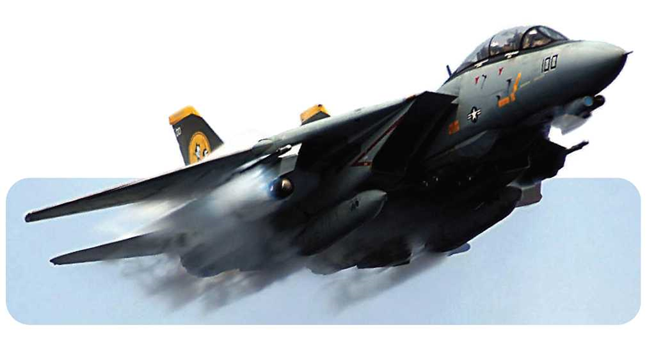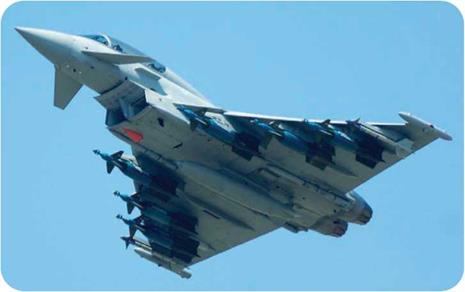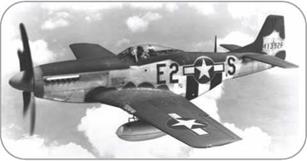September 11, 2001
The worst skyjacking in history happened in the United States in 2001. On the morning of September 11, nineteen terrorists hijacked four U. S. airliners: American Airlines Flights 11 and 77 and United Airlines Flights 93 and 175. Flights 11 and 175 had taken off from Boston, Massachusetts; Flight 77 left from Dulles Airport in Washington, D. C.; and Flight 93 departed from Newark, New Jersey. The first three airplanes were on early-morning flights to Los Angeles, California; the fourth was heading for San Francisco, California.
Two of the hijacked planes (Flight 11 and Flight 175) were deliberately flown into the twin towers of the World Trade Center in New York City. Flight 11 hit the North Tower just before 8:45 a. m. Flight 175 hit the South Tower at 9:03 a. m. Both 110-story structures became fiery infernos, pouring black smoke into a blue sky, before collapsing to the ground. At 9:40 a. m., Flight 77 was flown into the side of the Pentagon in Washington, D. C.
On Flight 93, the hijackers-who had smuggled knives onboard-had locked themselves in the cockpit and headed the plane toward Washington, D. C. Flight 93’s passengers learned from cell
О Terrorists flew an airplane into the Pentagon building in Washington, D. C., as part of their skyjacking operation on September 11, 2001.
 phone calls to friends and relatives what had happened to the other three planes. They decided to attack the hijackers. The plane went out of control and crashed near Shanksville, Pennsylvania.
phone calls to friends and relatives what had happened to the other three planes. They decided to attack the hijackers. The plane went out of control and crashed near Shanksville, Pennsylvania.
Every person onboard the four hijacked airplanes, including the hijackers, was killed. Furthermore, many more people were killed on the ground in New York City and Washington, D. C. The total death count was 2,752 at the World Trade Center, 189 at the Pentagon, and 44 in Pennsylvania.













 О The new Eurofighter Typhoon has delta wings and uses canards for lift and maneuverability.
О The new Eurofighter Typhoon has delta wings and uses canards for lift and maneuverability.